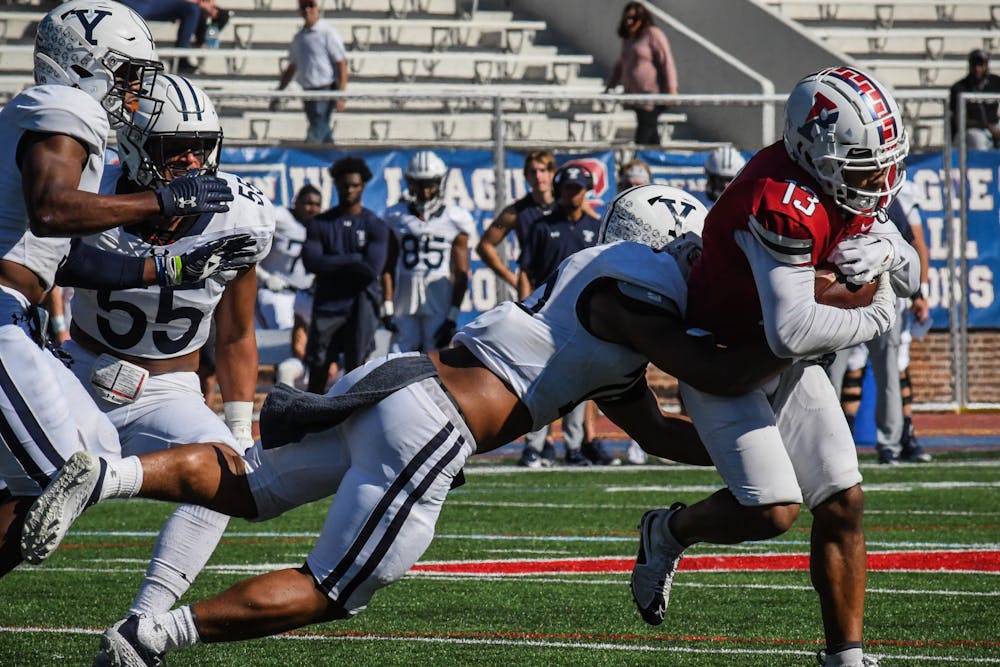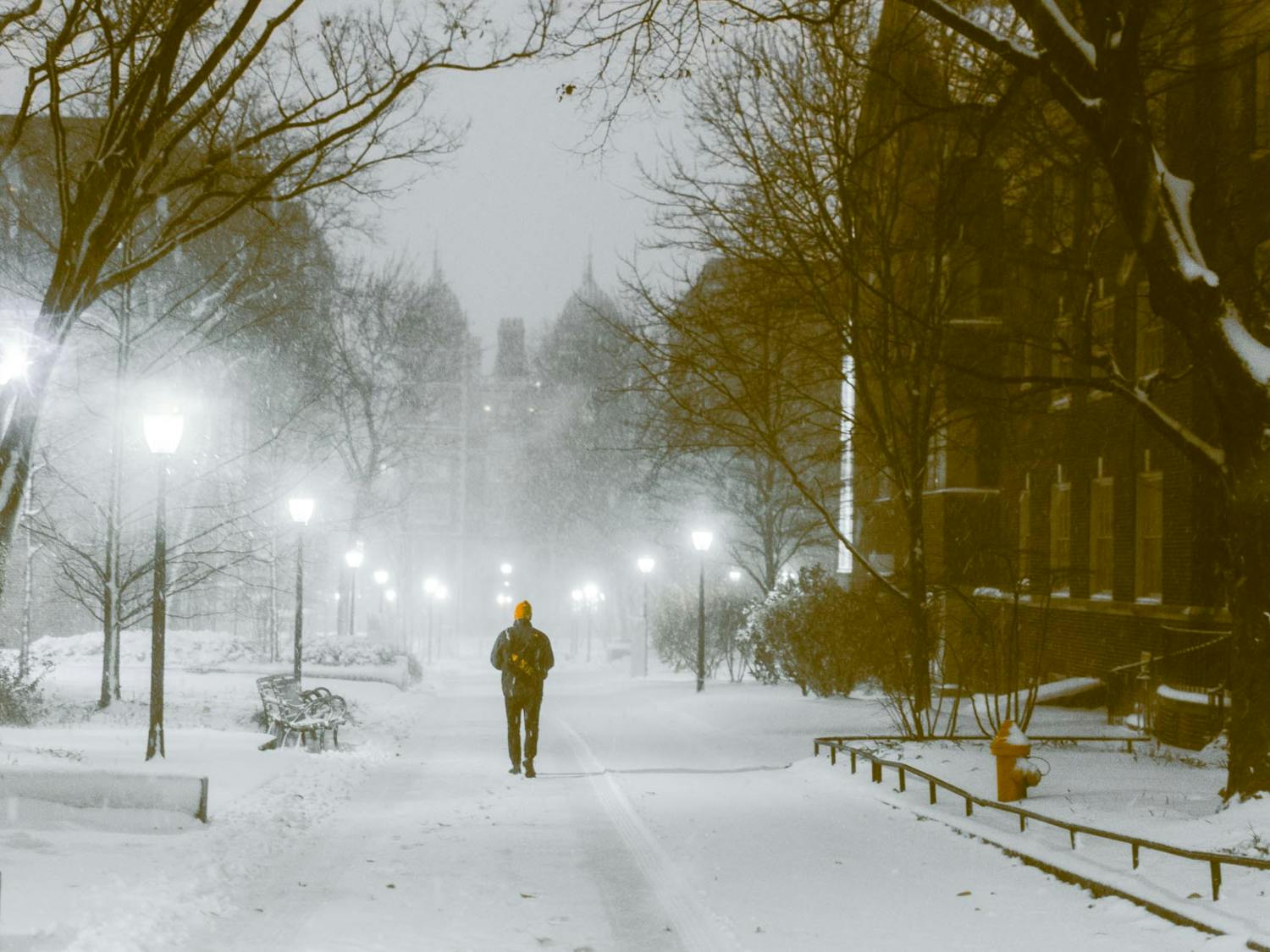For most of the past few summers, I’ve watched with increasing anxiety the successive waves of realignment that have shaken much of the foundation of college sports. This summer, however, things reached a boiling point. The Pac-12 was shattered by a flux of departures, with some member schools moving to the Big Ten and the Big 12, with others left searching for a future home or a way forward.
But among the tumult plaguing many of the NCAA's so-called power conferences, I have felt comfort in one fact: it isn’t likely to happen at my school. That is because Penn is part of the Ivy League, one of the most stable conferences in college athletic history. And even though the conference’s rules aren’t always perfect, it still does an excellent job of protecting the interests of student-athletes across all sports.
The Ivy League as it’s known today was founded in 1954, when the presidents of the eight member schools voted to extend a rules agreement previously in place for football to all sports. The league was founded on the principle of high academic standards, with the lack of athletic scholarships a requirement for schools and a goal that recruited athletes have similar academic profiles to the rest of the student body.
The Ivy League started with eight schools, which are the exact same schools that make up its membership today. In nearly 70 years of existence as a conference, the Ancient Eight has not made a single change in membership. There were thoughts of it in the early 1980s, though. The conference considered adding two more teams, with Army, Navy, and Northwestern being among the likeliest of targets. At the time, the move would have helped keep the Ivy schools in Division I-A, or FBS, football, rather than FCS, which is where the Ivy League lives today.
Despite the conference not being able to compete in FBS, the decision not to add any members maintained one of the crucial elements of college sports, and one which is lacking today: regionality. From Penn in the south to Dartmouth in the north, all eight Ivy League schools are along the northern half of the Eastern Seaboard. While Army would have fit within this Ivy footprint, Navy and Northwestern would both have greatly stretched it.
Not only does having all of the schools in the same region of the United States mean important things for the Ivy League’s identity as a conference, it also makes things much easier logistically. In the Ancient Eight, the furthest trip that a student-athlete would have to make for a conference game is from Penn to Dartmouth, which takes around six hours by car. This may seem like a lot, but is nothing compared to what will soon be commonplace in some of the power conferences. For example, student-athletes from UCLA will have to travel to Rutgers, crossing three time zones and over 3,000 miles. By limiting travel, the Ivy League is showing that it is prioritizing student mental health and giving them time to recharge and focus on academics.
Speaking of academics, many of those advocating for these realignments seem to neglect the fact that student-athletes are still students. And sure, if you’re going to go to the NFL or NBA, it may not matter what grade you get in a freshman English seminar. But for many student-athletes who play Olympic-focused sports— where there may be fewer paths for professional careers — the degrees and knowledge they gain in college matter for future careers. In a world where many in college athletics seem not to care about these things, it’s refreshing to see that the Ivy League still does.
This isn’t to say that the Ivy League is perfect. It was the last conference to endorse the idea of freshmen competing on varsity teams, and the lack of a football title game or participation in the FCS playoffs robs the conference of a chance for significant national media attention. But all in all, it remains a bastion of how college sports used to operate, and how I think college sports should still ideally be. And I’m always grateful for it.
CALEB CRAIN is a rising junior and sports editor studying European history and statistics from Los Angeles. All comments should be directed to dpsports@thedp.com.









